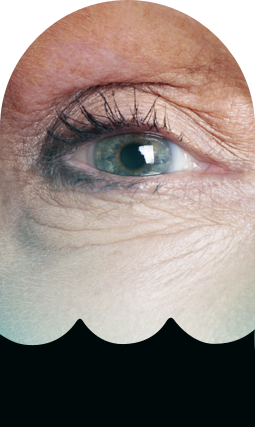More than 28% of diabetics age 40 or older have a diabetic eye disease. These numbers are only expected to grow in the upcoming years due to the decrease in physical activity and healthy eating.
Types of Diabetes
Type 1
A chronic condition in which the pancreas produces little or no insulin. About 1.25 million Americans have type 1 diabetes. Type 1 diabetes was previously known as juvenile diabetes. However, anyone at any age can get type 1 diabetes.
Type 2
90% of Americans with diabetes have type 2 diabetes. This occurs when your body is not using insulin correctly, called insulin resistance. Risk factors for type 2 diabetes include obesity, an unhealthy diet, and physical inactivity.
Complications of Diabetes
Not managing or treating your diabetes can cause serious health complications including hypoglycemia, skin infections, neuropathy, kidney disease, foot complications, and eye complications. Additionally, people with diabetes are at a higher risk for blindness and eye problems. The good news is with the correct treatment and lifestyle changes many people can prevent the onset of these complications. Therefore, we recommend regular eye exams to avoid eye problems and vision loss.
Diabetic Eye Disease
- Diabetic Retinopathy: Damages the blood vessels in the retina in the back of the eye. Uncontrolled high blood pressure is more likely to result in diabetic retinopathy. Consequently between 12,000 and 24,000 new cases of blindness due to diabetic retinopathy occur each year in the U.S. according to the CDC.
- Clinically significant macular edema: Swelling of the macula in the back of the eye. Macular edema is most common in those with type 2 diabetes.
- Cataract: Clouding in the lens of your eyes. Cataracts are two-five times more likely in people with diabetes.
- Glaucoma: Optic nerve damage to the fibers that connect the eye to the brain. Diabetes doubles the risk of glaucoma.
Those with diabetes should get a comprehensive eye exam at least once a year to ensure their eyes are healthy. Call our office today to schedule your comprehensive eye exam!


















